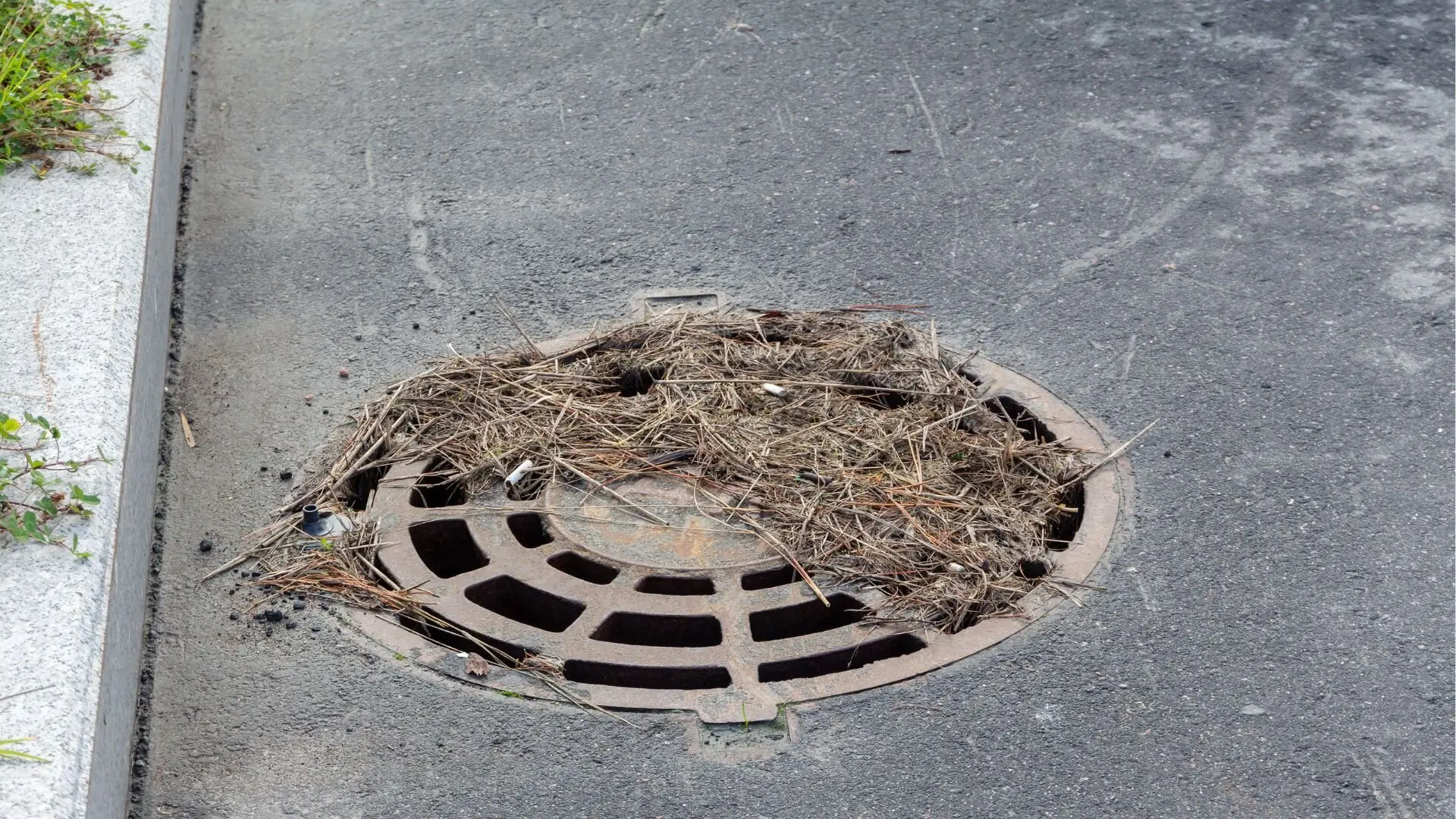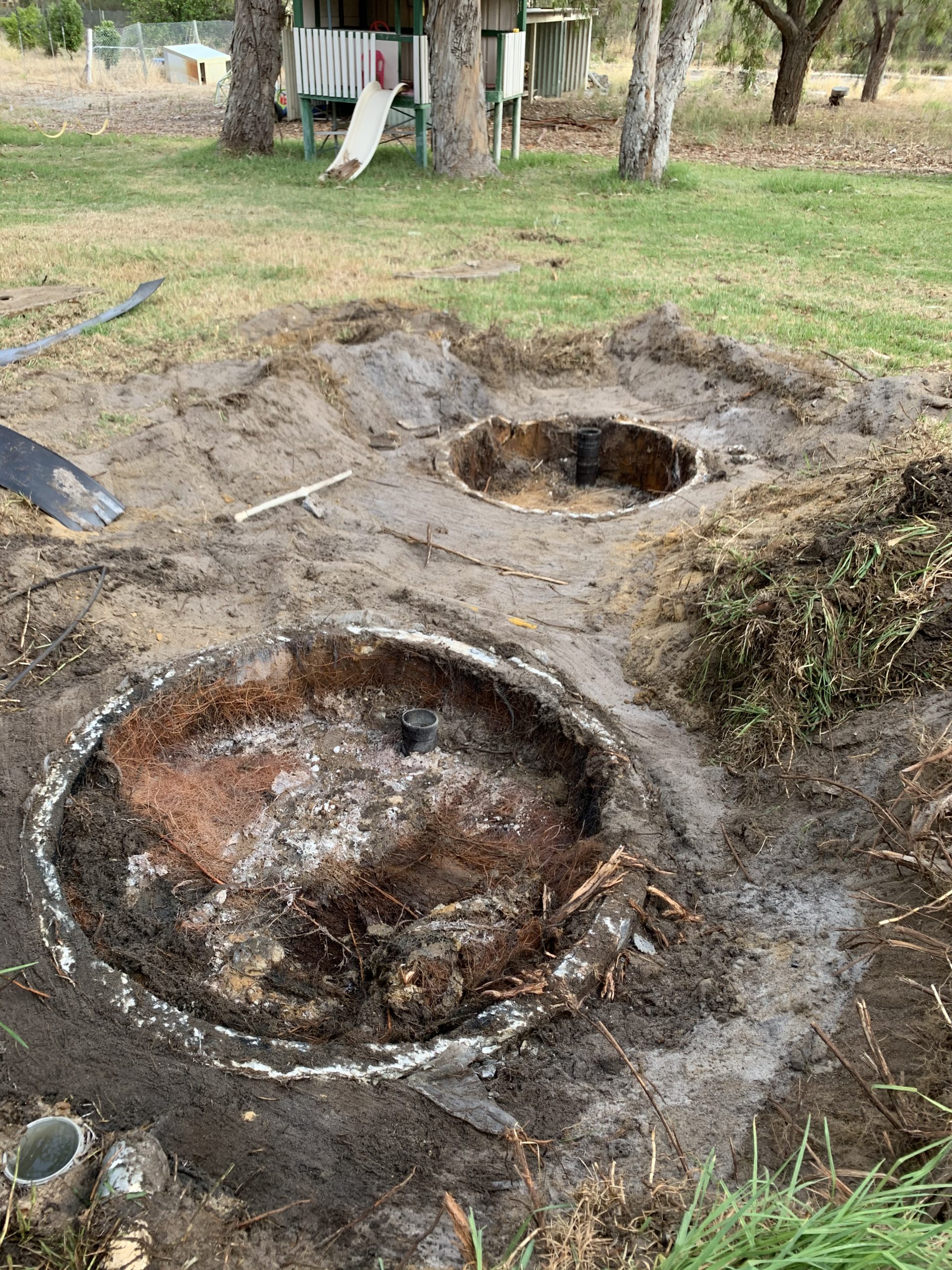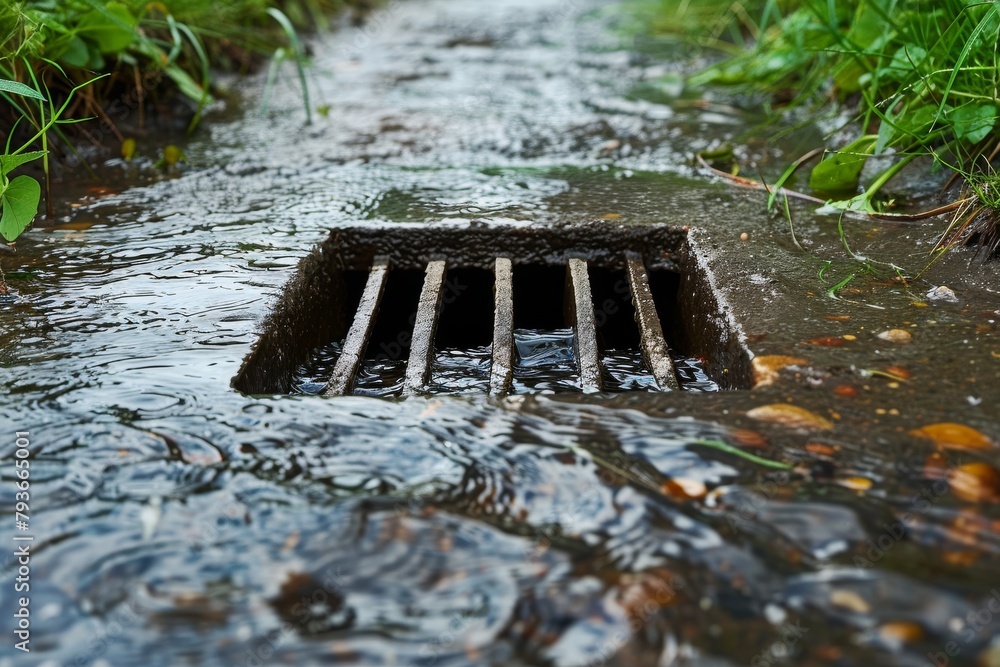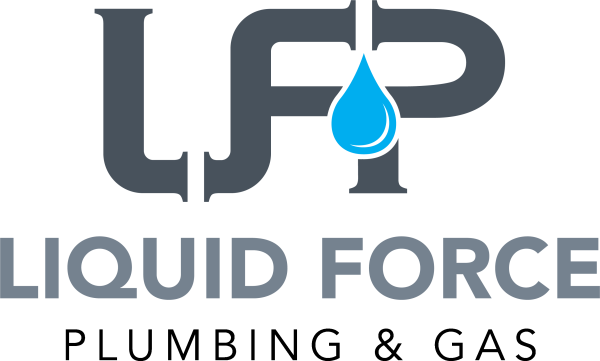Blocked Stormwater Drain Services in Perth
Are you dealing with a blocked stormwater drain in Perth? Liquid Force Plumbing is here to help. Stormwater issues can lead to flooding, property damage, and costly repairs if not resolved quickly. Our expert plumbers specialise in unblocking stormwater drains using the latest tools and techniques to ensure your drainage system flows smoothly again.
What Is a Stormwater Drain?
A stormwater drain is a vital part of your property’s drainage system, designed to manage rainwater and prevent flooding. It collects water from your roof, driveway, and other hard surfaces, directing it away from your property to the main drainage system or a designated soak well.
Unlike sewer drains, stormwater drains are specifically for rainwater and do not handle waste or greywater. Proper maintenance of your stormwater system is crucial to avoid blockages that can lead to water damage and environmental issues.

Signs of a Blocked Stormwater Drain
Identifying the signs of a blocked stormwater drain early can save you from costly repairs. Watch out for:
1. Overflowing Gutters
Water spilling over your gutters during rainfall suggests a blockage in your drainage system. This is often caused by debris like leaves or twigs clogging the downpipes or drains.
2. Pooling Water
If water accumulates around your yard, driveway, or garden, it could indicate a blockage in your stormwater system. Pooling water can weaken soil, damage your landscaping, and increase the risk of flooding.
3. Slow Drainage
Stormwater that takes too long to drain after rain often signals a partial or complete blockage. Addressing this issue quickly can prevent further damage.
4. Unpleasant Odours
Stagnant water in a blocked drain creates foul smells, usually caused by decaying organic matter like leaves and sludge.
5. Unusual Noises
Gurgling or bubbling sounds from your drains during heavy rain can indicate trapped air caused by an obstruction.

Common Causes of Blocked Stormwater Drains
Knowing what causes blockages can help you maintain a well-functioning stormwater system:
- Leaves and Debris – Leaves, twigs, and dirt often accumulate in gutters and drains, especially during autumn, leading to blockages over time.
- Tree Roots – Tree roots naturally seek moisture and can penetrate underground pipes, causing significant blockages and structural damage.
- Collapsed Pipes – Older or poorly maintained pipes are prone to cracks, collapses, and misalignments, all of which obstruct water flow.
- Sediment Build-Up – Sand, silt, and other particles gradually build up inside stormwater drains, especially in areas with heavy rainfall or construction activity.
- Improper Waste Disposal – Dumping oils, grease, or solid waste in outdoor drains can lead to stubborn blockages.

Responsibility for Stormwater Drainage in Sydney
In Sydney, stormwater drainage responsibilities are shared among property owners, local councils, and Sydney Water:
- Property Owners: Maintain gutters, downpipes, and drains within your property to prevent blockages and manage rainwater effectively.
- Local Councils: Manage public stormwater infrastructure, including street gutters and drains, to minimise flooding and regulate new developments.
- Sydney Water: Oversee major stormwater systems serving multiple properties or large catchment areas, such as those in the Western Sydney Aerotropolis precincts.
Each plays a vital role in ensuring efficient stormwater management and reducing flood risks across Sydney.
Difference Between Sewer and Stormwater Drains
Understanding the difference between sewer and stormwater drains can help you maintain your drainage system effectively:
- Sewer Drains:
Sewer drains are designed to handle wastewater from your home, including water from sinks, toilets, showers, and washing machines. This water is transported to treatment facilities for proper processing. - Stormwater Drains:
Stormwater drains, on the other hand, handle rainwater runoff from your roof, driveway, and outdoor areas. This water is directed to natural waterways or soak wells without treatment. - Key Distinction:
Sewer drains carry wastewater that requires treatment, while stormwater drains are intended for clean rainwater runoff. Mixing the two systems can lead to environmental damage and blockages.
How We Fix Blocked Stormwater Drains
At Liquid Force Plumbing, we take pride in delivering efficient and effective solutions for blocked stormwater drains. Our team utilises advanced equipment and proven techniques to restore your drainage system without unnecessary delays or disruptions. Here’s how we get the job done:
1. High-Pressure Jetting
- How It Works: We use a high-pressure water jet to blast away stubborn blockages, including debris, sediment, and smaller tree roots. The jetting machine propels water at high velocity, dislodging buildup and flushing it out of the system.
- Why It’s Effective: This method is non-invasive, environmentally friendly, and works well for clearing most blockages without the need for excavation.
2. Drain Camera Inspection
- How It Works: A small, high-resolution camera is inserted into the drain to visually inspect the interior of the pipes. This allows us to locate blockages, identify cracks or collapsed sections, and assess the overall condition of the drain.
- Why It’s Effective: This technology eliminates guesswork, enabling precise diagnosis and targeted repairs. It’s especially useful for detecting hidden issues like tree root intrusion or structural damage.
3. Root Removal
- How It Works: For tree root intrusions, we use specialised cutting tools to slice through roots inside the pipes without damaging the surrounding plumbing. In severe cases, we may combine this with other methods like jetting or pipe relining.
- Why It’s Effective: Roots are a common cause of blockages, and this method ensures they’re completely removed while preserving the integrity of your pipes.
4. Pipe Relining
- How It Works: For cracked or damaged pipes, we use a no-dig pipe relining technique. A flexible resin liner is inserted into the damaged section of the pipe, inflated to fit its shape, and cured to form a durable new pipe within the existing one.
- Why It’s Effective: This trenchless method avoids the need for disruptive and costly excavation. It’s a long-term solution that strengthens the pipe and prevents future issues.
5. Debris and Sediment Removal
- How It Works: If sediment buildup is causing the blockage, we manually or mechanically remove the sand, silt, or other materials clogging the drain.
- Why It’s Effective: This ensures a smooth flow of water and reduces the risk of recurring blockages, especially in areas prone to heavy rainfall or construction dust.
6. Comprehensive Testing and Preventative Advice
- How It Works: After clearing the blockage, we conduct flow tests to ensure the stormwater system is functioning optimally. We also provide recommendations on how to prevent future issues, such as regular maintenance or installing protective grates.
- Why It’s Effective: This final step ensures long-term reliability and peace of mind for our customers.
How to Prevent Blocked Stormwater Drains
Blocked stormwater drains can lead to serious property damage and costly repairs. With regular maintenance and proactive measures, you can reduce the risk of blockages and ensure your drainage system works efficiently.
1. Regular Gutter and Drain Cleaning
- Remove Debris: Clean leaves, twigs, and dirt from gutters and downpipes regularly, especially during autumn and after storms.
- Install Gutter Guards: Use mesh or gutter covers to prevent debris from entering your drainage system.
2. Inspect and Maintain Drainage Systems
- Check for Obstructions: Regularly inspect outdoor drains and grates for visible blockages.
- Flush Drains Periodically: Use a hose or a bucket of water to flush out minor build-ups in your stormwater system.
3. Prune Trees and Vegetation
- Trim Overhanging Branches: Prevent leaves and branches from falling into gutters and drains by trimming trees near your property.
- Avoid Planting Near Pipes: Choose tree species with non-invasive roots and plant them away from underground drainage systems.
4. Install a Sediment Trap
- Sediment traps collect sand, silt, and other particles before they enter your stormwater system. These traps are easy to clean and prevent blockages downstream.
5. Address Drainage Issues Promptly
- Fix Cracked or Damaged Pipes: Repair or replace damaged pipes to maintain smooth water flow.
- Level Outdoor Surfaces: Ensure driveways, patios, and other hard surfaces slope correctly to direct water into stormwater drains.
6. Regular Professional Inspections
- Camera Inspections: Engage professional plumbers to conduct CCTV inspections of your stormwater drains to detect potential issues early.
- Scheduled Maintenance: Set up periodic maintenance with a trusted plumbing service to keep your drains in optimal condition.
7. Dispose of Waste Properly
- Avoid Dumping Waste: Never dispose of grease, oils, or solid waste in outdoor drains.
- Clear Hard Rubbish: Remove large debris, such as rocks or branches, that could wash into your stormwater system during heavy rain.
8. Invest in Stormwater Upgrades
- Improve Drainage Capacity: Upgrade old pipes and drains if your system frequently struggles during heavy rain.
- Add Detention Systems: Consider installing soak wells or stormwater detention tanks to manage excess water effectively.
Why Our Methods Stand Out
At Liquid Force Plumbing, our approach prioritises:
- Minimal disruption to your property.
- Quick and efficient solutions tailored to the specific issue.
- Long-lasting results, backed by advanced technology and expert knowledge.
Why Choose Liquid Force Plumbing?
When it comes to stormwater drain repairs, we’re Perth’s trusted choice:
- 24/7 Emergency Service: Stormwater issues don’t wait—neither do we.
- Experienced Team: Our plumbers are licensed and highly skilled.
- Latest Equipment: We invest in the best tools to resolve your drainage problems efficiently.
- Transparent Pricing: No hidden fees—just honest, upfront quotes.
- Guaranteed Results: We stand by the quality of our work with a satisfaction guarantee.
Contact Liquid Force Plumbing Today
Don’t let a blocked stormwater drain cause unnecessary stress. Call Liquid Force Plumbing now or use our online form to book a service. We’ll get your stormwater system back in action quickly and efficiently.
Request your free quote today!
